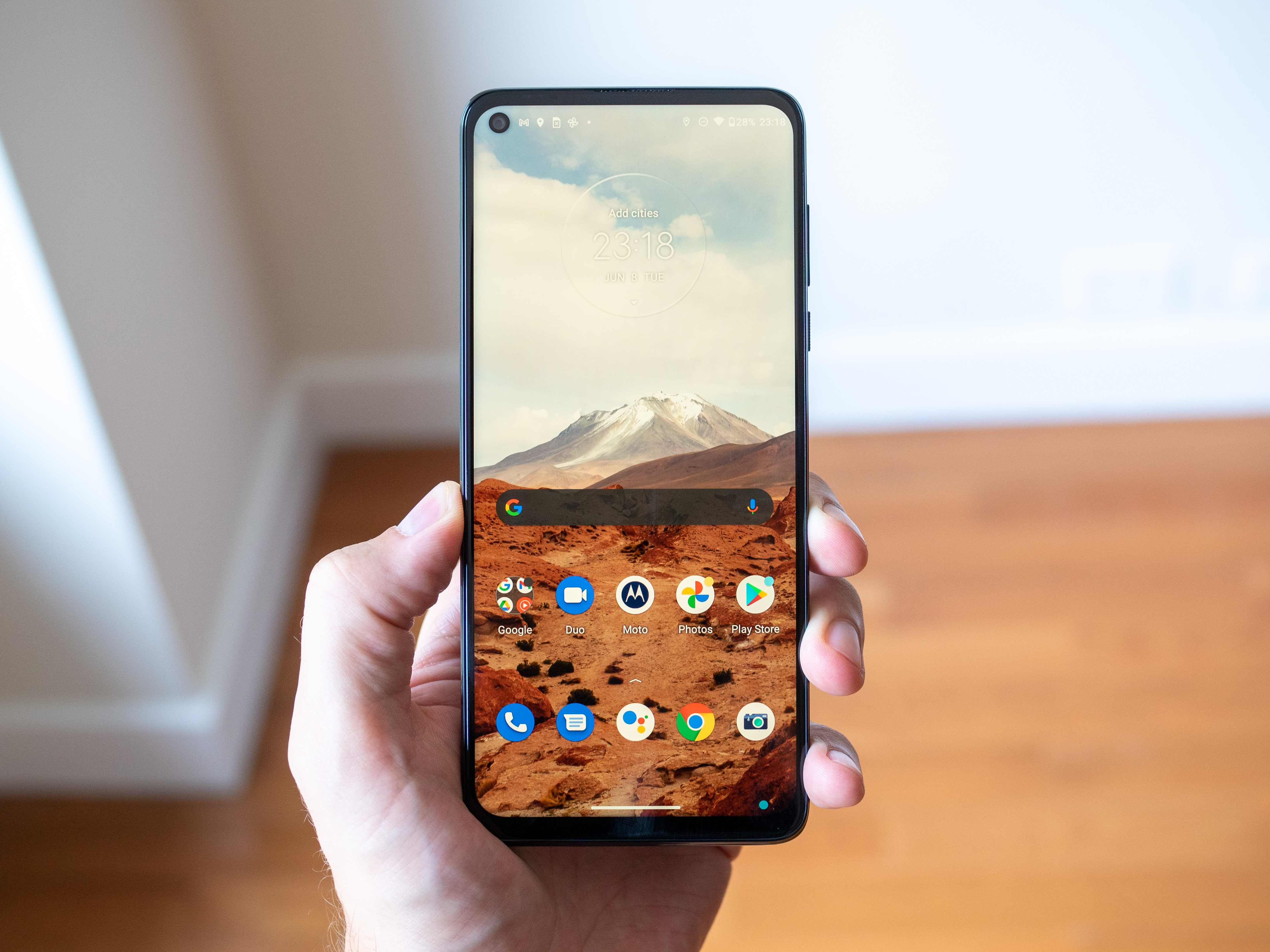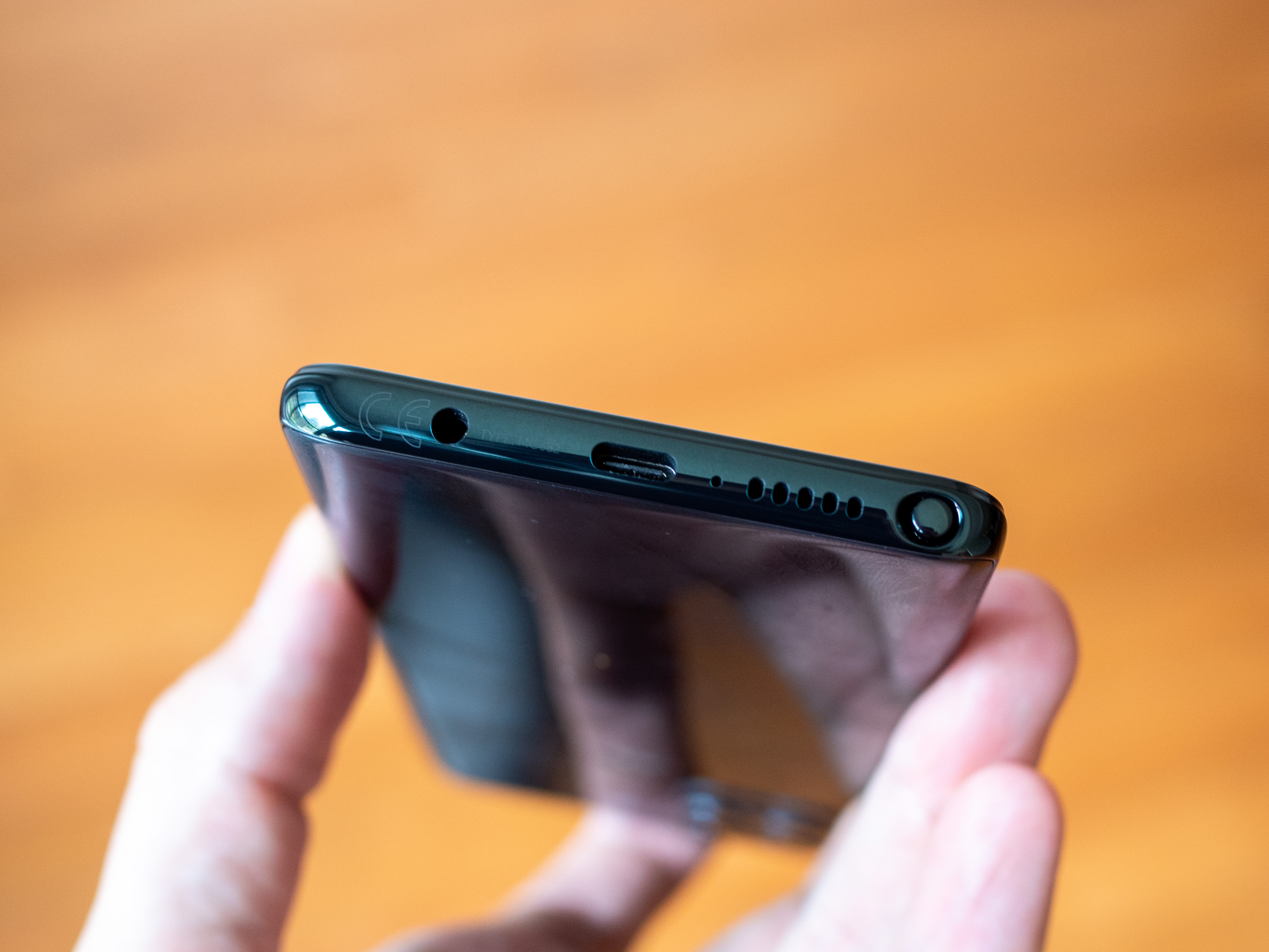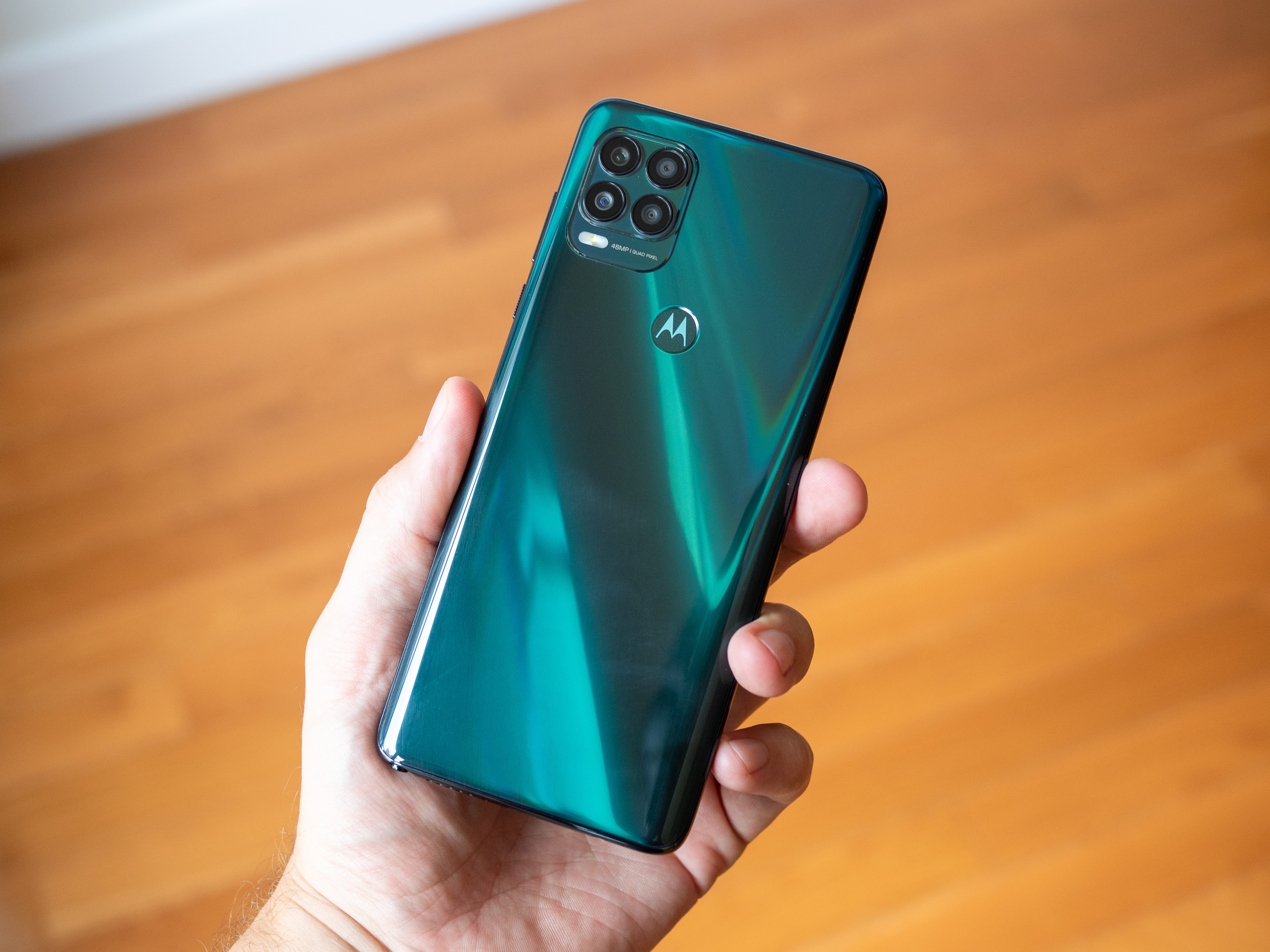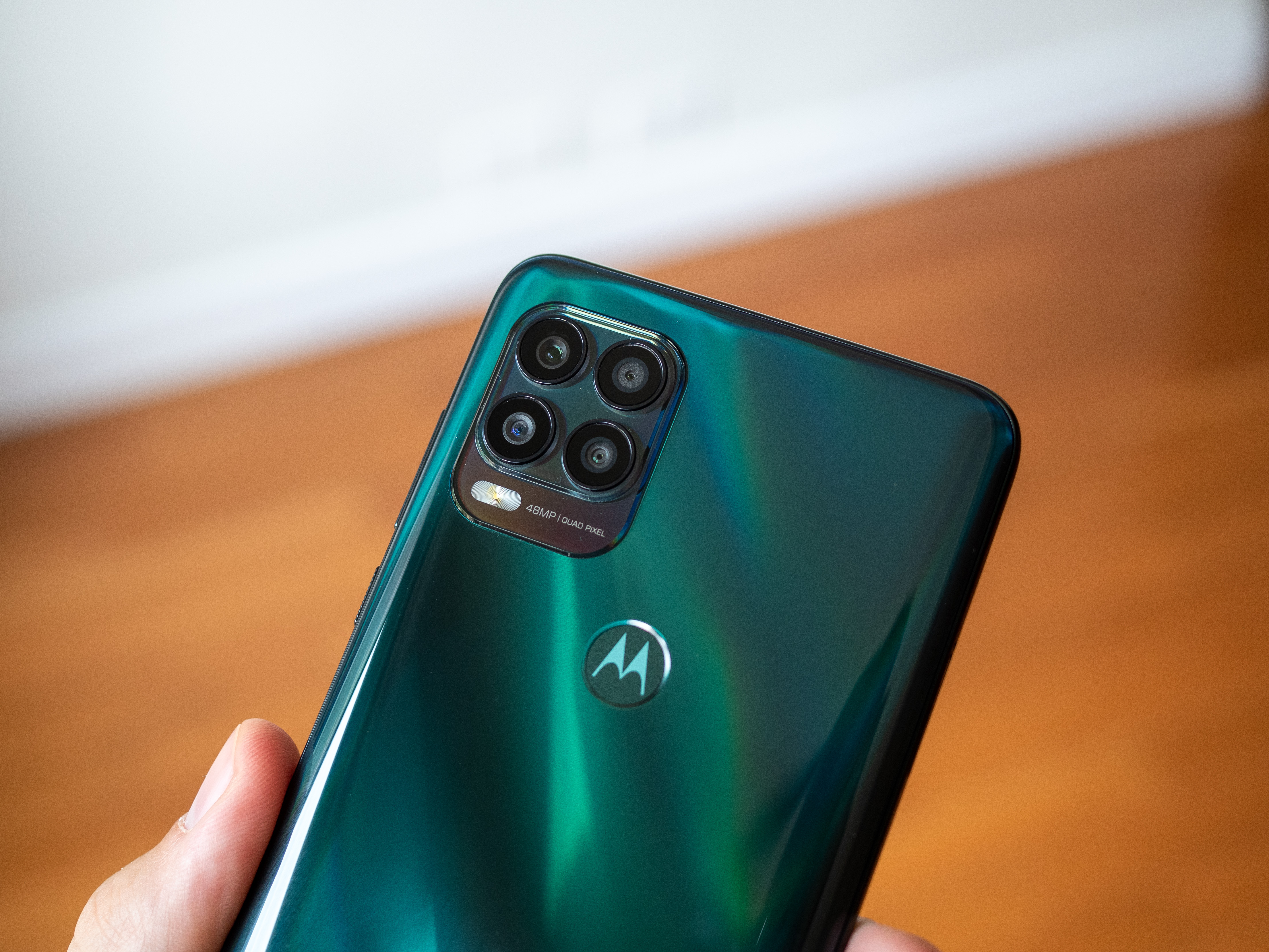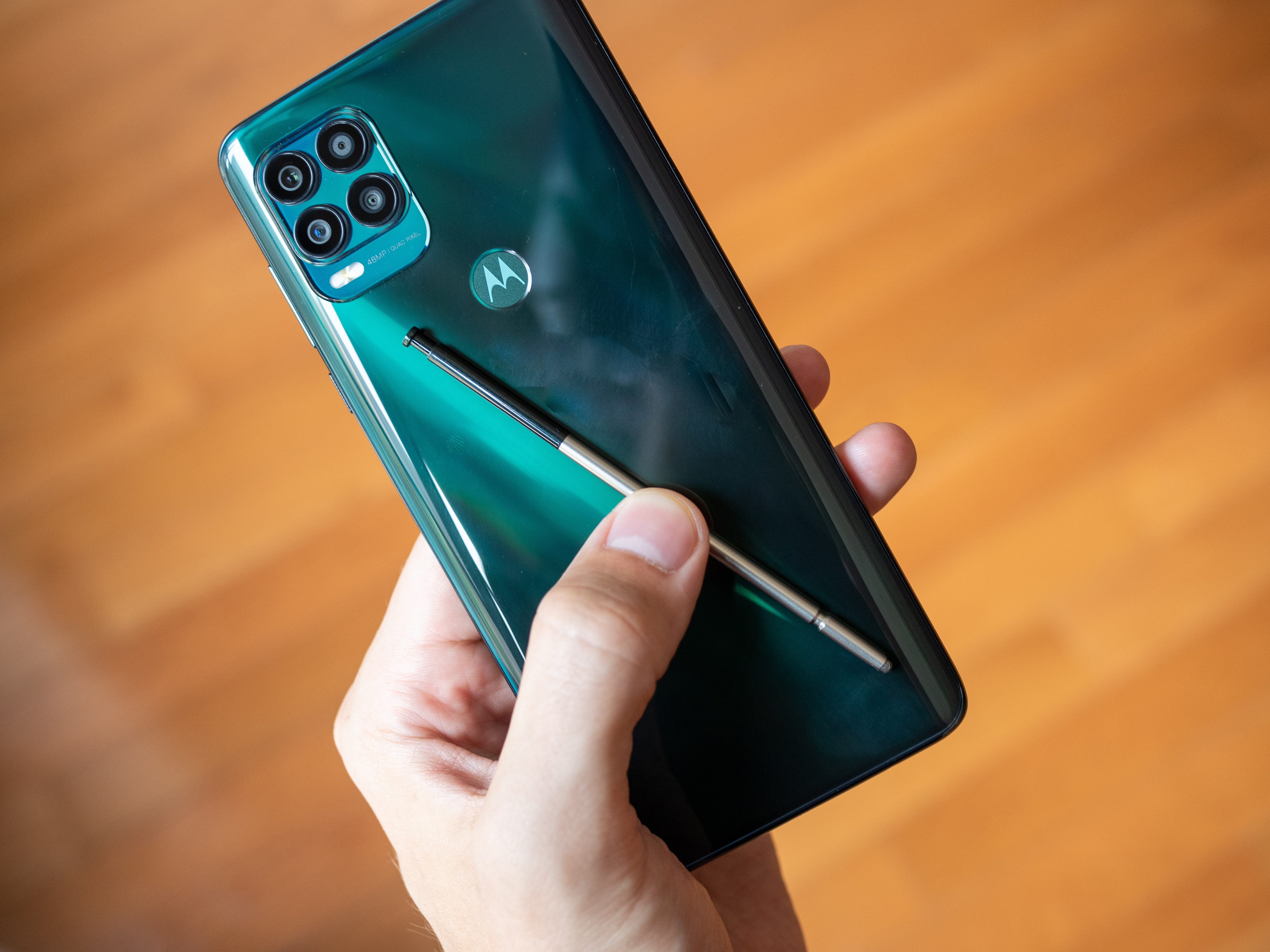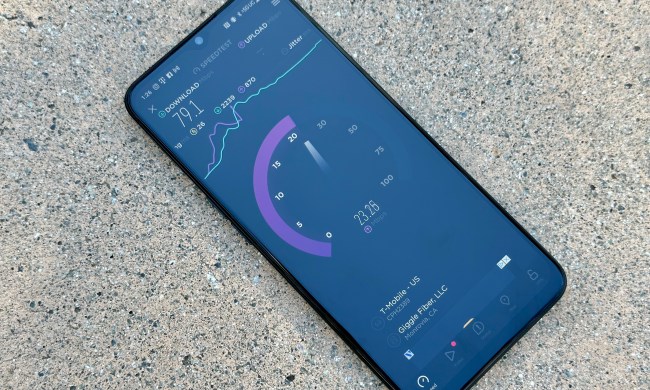I was shocked to hear just how popular the “stylus” versions of the Moto G have been. Personally not seeing much value in having a passive stylus — compared to the highly-sensitive active stylus in the Galaxy Note — I figured budget-conscious buyers wouldn’t spring for it either. Apparently, the G Stylus has been the best-selling Moto G variant since it was introduced with the 2020 generation. And so, here we are, with a quick mid-cycle update to the model that adds 5G and other fresh specs.
The new Moto G Stylus 5G moves to a Snapdragon 480 5G processor to bring that all-important 5G radio (Sub-6 only, by the way), and despite being a 4-series chip it is effectively the same power-wise as the prior model’s Snapdragon 678. It’s paired with 4 or 6GB of RAM, and 128 or 256GB of storage before you add in a microSD card. You’ll get the same huge 6.8-inch display, a quad-camera led by a 48MP main sensor, and a frankly hefty set of dimensions with a 217-gram weight.
Motorola has tweaked the physical design of the stylus, making it cylindrical (it was, for some reason, an oval before) so it can more easily slide into the phone without looking. It also has a larger pop-out top to make it easier to remove from its silo.
There is only one other notable change, but it really matters: The battery is 25% larger, now 5000mAh. That lets Motorola once again throw around a “two days of battery life” claim, but I fully believe it. Our review of the latest Moto G Power, which has the same battery capacity, was dominated by just how great the battery life is.
| Moto G Stylus 5G | |
| Operating system | Android 11 |
| Display | 6.8-inch, FHD |
| Processor | Qualcomm Snapdragon 480 5G |
| RAM | 4/6GB |
| Storage | 128/256GB, microSD expansion |
| Battery | 5000mAh |
| Charging | 10W wired, USB-C |
| Water resistance | Water repellant design |
| Rear camera 1 | 48MP, f/1.7 |
| Rear camera 2 | 5MP, f/2.2, macro lens |
| Rear camera 3 | 8MP, f/2.2, 118-degree lens |
| Rear camera 4 | 2MP depth sensor, f/2.4 |
| Front camera | 16MP, f/2.2 |
| Connectivity | 5G (Sub-6), Wi-Fi 802.11ac, GPS, Bluetooth 5.1, FM radio, 3.5mm headphone |
| NFC | No |
| Dimensions | 169.54 x 77.48 x 9.35 mm, 217.5 g |
There’s one other subtle benefit to grabbing the 5G version of the Moto G Stylus, too: It launches on Android 11, meaning with the Motorola promise of getting just one software update you’ll at least make it to Android 12. As far as the overall software experience goes you’re getting the classic clean take on Android with a handful of Motorola additions peppered in. That includes simple-to-use note-taking for the stylus, and a floating quick action launcher to also poke with that pen.
These are all nice little improvements to what turns out to be an extremely popular budget-focused device. But the addition of 5G certainly brings a notable cost. The Moto G Stylus 5G will retail for $399, while the latest-gen Moto G Stylus currently sells for just $279. The bigger battery, stylus improvements, longer software runway, and 5G connectivity will be great additions … but so is saving over 30% and sticking with the 4G model.
